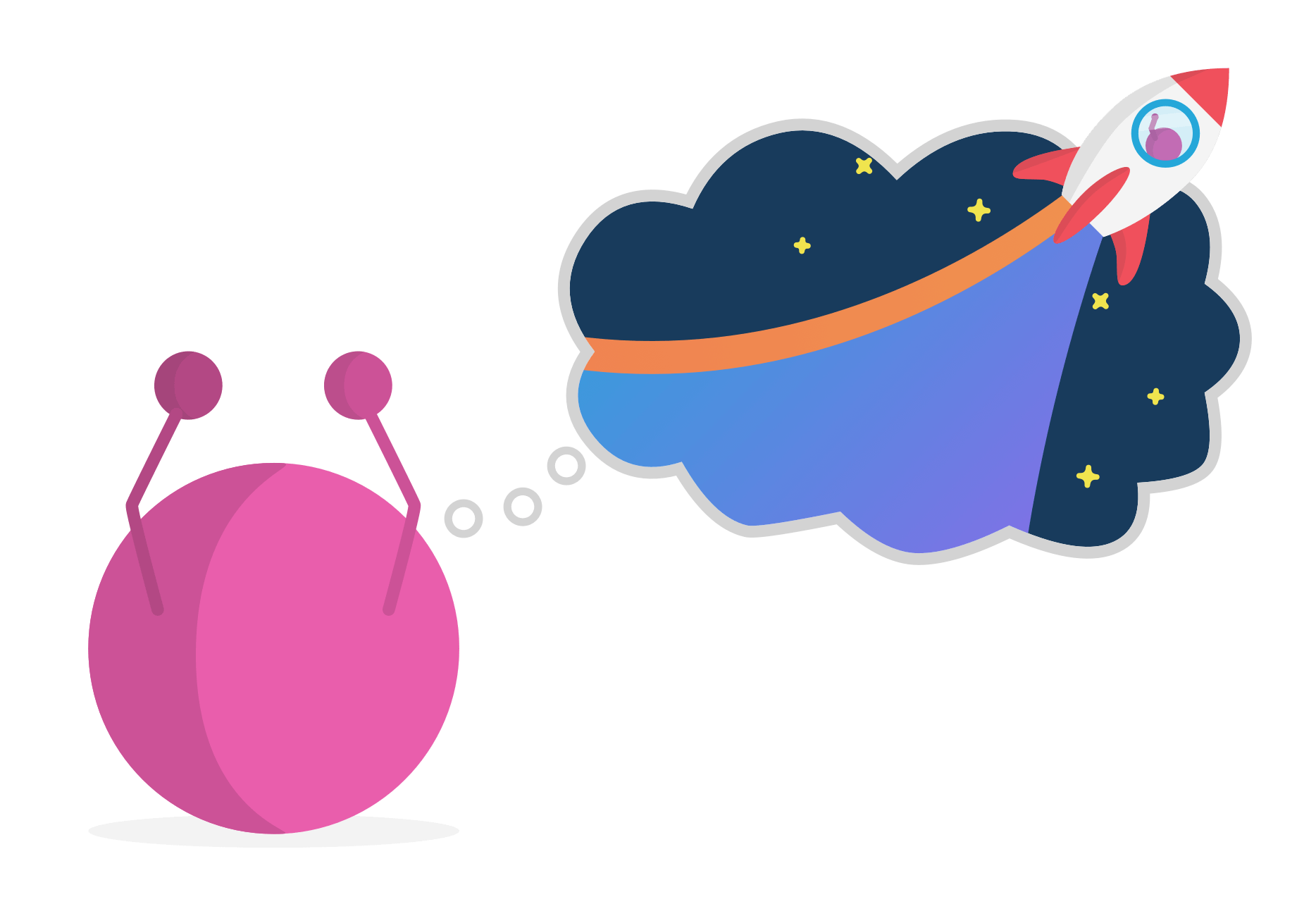Product Vision Validation is Important. Validating it, even more so
Product vision and company vision often end up being the same, particularly in companies with single products. But they are different. Product vision is where the product is going to go in order to deliver value to the users. Company vision is where the company is going to go in order to deliver the product and bring success to the team.
It is important, even for young companies, to have separate company and product visions so they know where both will be going. Richard Banfield, editor of Fresh Tilled Soil, goes into more detail about this importance here.
But a product vision isn’t static. You iterate on the product vision continuously as you learn more about the problems you’re solving and your customers.
We often tend to set and forget it, leaving our product vision to languish as we race off to deliver it. However, a product vision needs to adapt and change over time.

Why? Because environments change, users change, opportunities change, and technologies change. Your product vision rests on assumptions about all four of these items: if you don’t adapt your vision to these changing assumptions, then your product will fail.
Shock Therapy Won’t Work
Many product vision re-orientations come from a shock rather than a more measured and considered series of changes. A shock may be something like a failed product launch, or sudden customer churn as another similar product comes onto the market, or low renewal levels.
A shock often leads to a rapid scramble as product managers and executives try to determine what has gone wrong and how things need to change. In this scramble, errors are made and you’re not guaranteed to come out the other side with a better product vision. It may even be that the product vision doesn’t need to change, but that also can get lost in the scramble.
Continual Review is Key
Instead of waiting for the shock, you can use continuous product discovery to continually monitor and adapt as things change. Combined with effective use of metrics and objectives you can continually review your product vision and your product strategy to address changing realities when things aren’t working.
By using continuous product strategy, you are continually reviewing all the problems and feedback that previously you’ve parked because they were outside your product vision and strategy. You should look for any trends in these parked problems.
A growing set of parked problems doesn’t necessarily mean that your product vision or strategy is wrong. It could just mean that potentially there are complementary products that could be designed to solve those problems.
You need to combine information from continuous product discovery with the metrics and objectives derived from your product vision and strategy. If you’re not achieving your objectives and your metrics aren’t good, and there are a lot of parked problems, then something is wrong. Try making a small change to your strategy and if your objectives and metrics improve then it is likely your previous strategy was not suitable for achieving your product vision validation.
If you change your strategy and nothing happens, it may be that your vision is not achievable. Now you need to delve into the specifics of the problems highlighted in the continuous product discovery to craft your new product vision, product strategy, objectives and metrics. If you’ve stuck to a continuous product strategy then this should be a tweak rather than a wholesale junking of everything. Sometimes, however, you may have to start again from scratch.
Tweaking the Vision
Prior to founding ProdPad, I was Head of Product for a startup called PeerIndex, a social media analytics platform which is now part of BrandWatch. PeerIndex started out as Viewsflow. Viewsflow was a way of receiving a personalised newsletter each day, based on what was shared by topical influencers on Twitter, for example Fred Wilson on venture capital. To do this we had to create a way of ranking people’s influence / expertise by proxy in a range of topics. While we gained some traction with the concept of Viewsflow, we found that people were only really interested in their own influence ranking. Our continual review of the customer feedback led us to review the vision and strategy of Viewsflow, which then led to a new vision and strategy encompassed in PeerIndex.
This pivot wasn’t rushed, but rather driven by our ongoing (weekly) review of customer feedback which raised the issue. This led to us taking a step back and reviewing all the customer feedback and behaviour, which then resulted in the change in the vision and strategy for the product.
It is this type of analysis and the continued interaction between what you learn from continuous product discovery, your metrics and objectives that will help you determine whether you need to change your product vision, change your product strategy or continue as you are.
Continuous product discovery can help you to identify problems with your product vision validation and strategy, and is also a powerful tool for validating that you are doing the right thing and that your vision is achievable. If the problems surfaced by continuous product discovery lie along your path to your product vision, then you are headed in the right direction.
How do you differentiate between product objectives and company objectives? Find out in the next in this series of blog posts.

One thought on "Product Vision Validation is Important. Validating it, even more so"
Comments are closed.